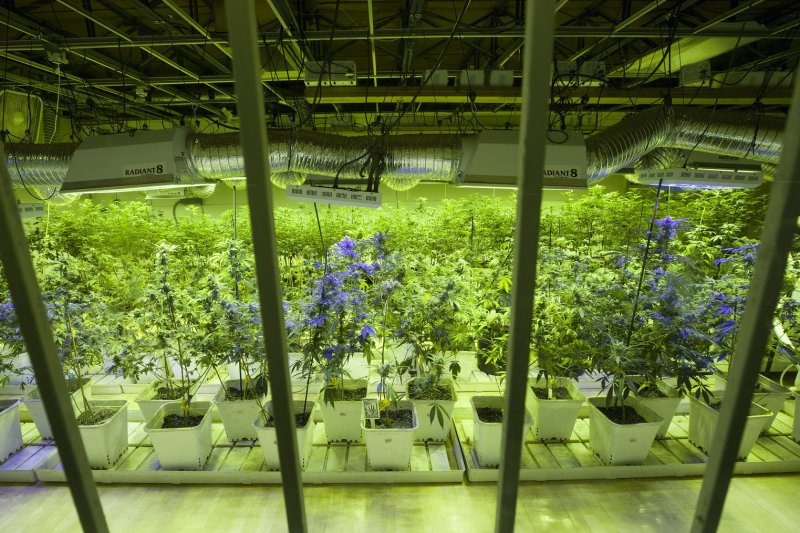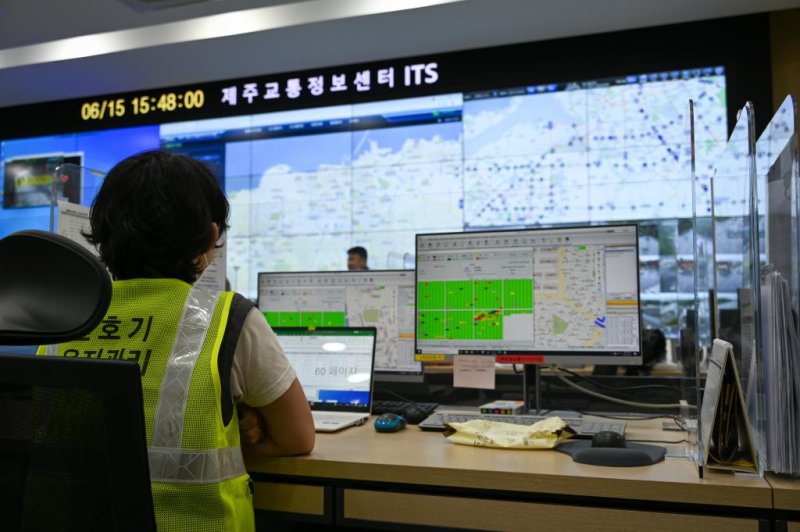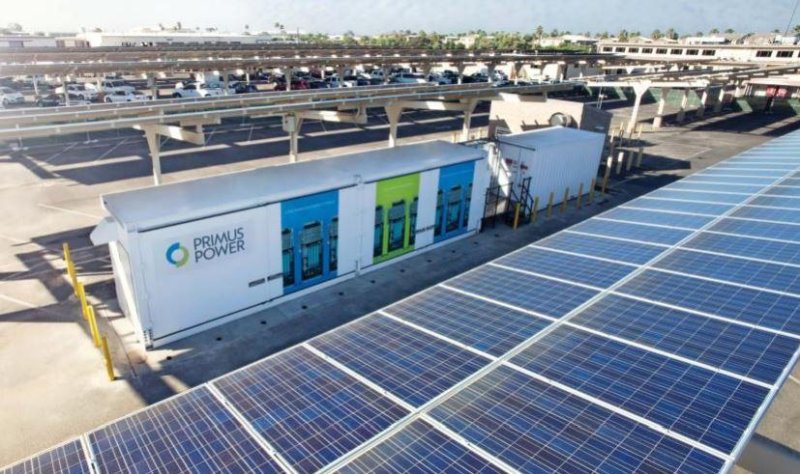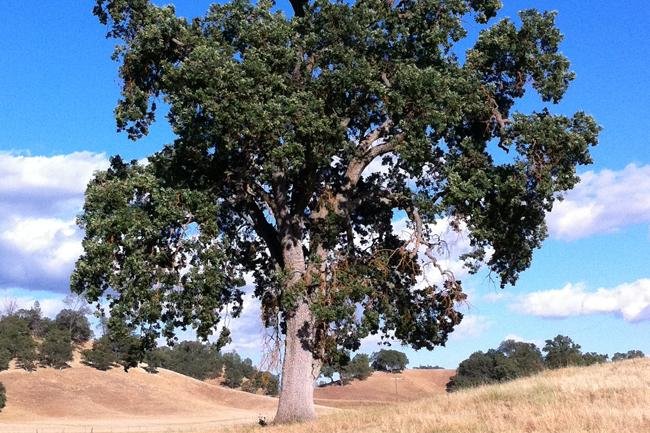
"A prohibition on interstate use or cultivation of marijuana may no longer be necessary or proper to support the federal government's piecemeal approach," Thomas wrote in an opinion Monday. File Photo by Gary C. Caskey/UPI | License Photo
June 28 (UPI) -- Federal regulations on marijuana may "no longer be necessary" as individual states enact their own laws on its use and sale, Supreme Court Justice Clarence Thomas wrote in an opinion Monday.
Thomas, one of the high court's most conservative justices, cited what he called the federal government's "half-in, half-out" approach that "simultaneously tolerates and forbids local use of marijuana" and concludes that federal pot laws and policies may now be obsolete.
"A prohibition on intrastate use or cultivation of marijuana may no longer be necessary or proper to support the federal government's piecemeal approach," he wrote in dismissing the appeal of a Colorado medical marijuana dispensary that was denied federal tax breaks.
In the case, Standing Akimbo vs. United States, the dispensary argued that it is prohibited by the Internal Revenue Service from deducting certain business expenses -- as other businesses are allowed -- even though it operates in Colorado, where marijuana use is legal.
The reason is an IRS public policy provision that bars such deductions for companies dealing in controlled substances.
With 36 states now legally allowing marijuana for medical use and 18 for recreational use, Thomas wrote that the case illustrates a growing disconnect between federal and state laws.
Since the Supreme Court upheld federal marijuana laws in 2005, Thomas said the legal landscape has greatly changed. Further, he said, the Justice Department since 2009 has declined to intrude on state legalization efforts or prosecute those who comply with state laws.
"Suffice it to say, the federal government's current approach to marijuana bears little resemblance to the watertight nationwide prohibition that a closely divided Court found necessary to justify the government's blanket prohibition [in 2005]," he wrote.
Thomas noted that the federal government is sending "mixed signals" on marijuana use and cultivation, and producing confusion among legally operating businesses.
"Whatever the merits of [the 2005 case] when it was decided, federal policies of the past 16 years have greatly undermined its reasoning," he wrote.
"A prohibition on interstate use or cultivation of marijuana may no longer be necessary or proper to support the federal government's piecemeal approach."















